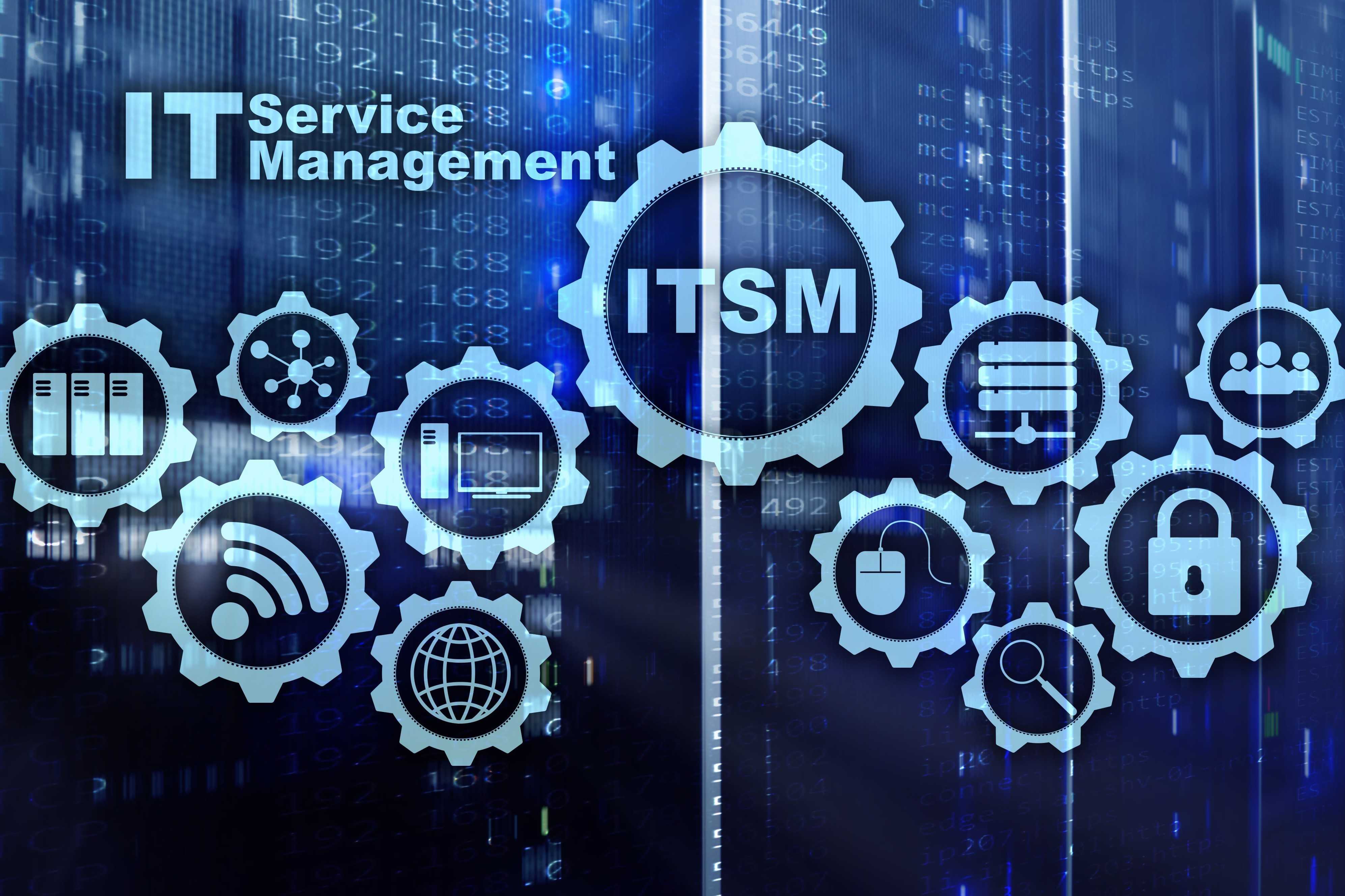
Can You Master ITIL® 4 Foundation in Just 2 Weeks with ScholarAcad?
- Thu 23, Oct 2025

Agile frameworks have transformed the way companies approach software development and in the process, the Scaled Agile Framework (SAFe) has appeared as a demanded method for large-scale execution of agile principles. However, as you scale agility across an organization, distinct roles emerge to serve different purposes within this framework. Two pivotal roles are the SAFe Agilist and the SAFe Scrum Master. While they both share the common goal of fostering agile methodologies, their responsibilities, scopes, and the levels at which they operate differ significantly.
A SAFe Agilist is a strategic role focused on the big picture of agile transformation within an enterprise. This professional is concerned with leading the adoption of the SAFe framework across the organization, ensuring alignment with company objectives. A SAFe Agilist tends to work with higher management and across various teams to assist with the implementation of SAFe practices.
The role of a SAFe Agilist is essential in sailing the ship of agile transformation in an initiative. Beyond just implementing agile practices, they serve as the guiding force behind line up these practices with the predominant goals and objectives of the company. Think of them as the architects of agility, designing and shaping the framework to fit flawlessly into the organization's structure. At the heart of their responsibilities lies the task of nurturing a culture of agility throughout the enterprise. This involves not only introducing new methodologies but also fostering a mindset shift across all levels of the organization. From C-suite executives to frontline employees, the SAFe Agilist works tirelessly to instill the principles of agility, adaptability, and continuous improvement.
Collaboration is key in this role. SAFe Agilists bridge the gap between higher management and cross-functional teams, acting as the conduit through which strategic objectives are translated into actionable plans. They smooth communication, help resolve conflicts, and make sure that everybody is on the same page, heaving in the same direction toward organizational success.
In contrast, a SAFe Scrum Master is the strategic force that smears specific agile practices at the ground level. This role is related to that of a traditional Scrum Master but positioned within the context of the Scaled Agile Framework. Their attention is usually on one team at a time, making sure that the team follows strictly Scrum practices and continues to deliver high-quality, iterative progress.
In the complex landscape of modern software development, the role of a SAFe Scrum Master stands out as a crucial linchpin in ensuring the success of agile practices within the framework of the Scaled Agile Framework (SAFe). While bearing some resemblance to the traditional Scrum Master, the SAFe Scrum Master operates within a broader context, where multiple teams collaborate towards a common organizational goal. At its core, the SAFe Scrum Master serves as a strategic catalyst, driving the implementation and adherence to agile principles at the grassroots level. Unlike traditional Scrum Masters who typically focus on the dynamics of a single team, the SAFe Scrum Master extends their purview across the larger SAFe environment, overseeing how multiple teams synchronize their efforts within the framework.
While both roles strive to reinforce agile principles and practices, the SAFe Agilist generally operates at a higher, strategic level, affecting change across multiple teams and influencing organizational leaders. In contrast, the SAFe Scrum Master is a role anchored at the team level, dealing with the day-to-day facilitation of Scrum events and practices.
The SAFe Agilist requires a broader knowledge of agile principles across various methodologies, not just Scrum, and often needs wider experience in leading organizational change. Conversely, the SAFe Scrum Master must be exceptionally knowledgeable about Scrum and be well-versed in coaching individual teams.
In essence, a SAFe Agilist influences organizational agility while a SAFe Scrum Master orchestrates agility at the team level. The SAFe Agilist must think in terms of long-range planning, whereas the SAFe Scrum Master is more concerned with immediate team dynamics and delivery.
Who Should Consider Which Role?
The decision to pursue a career as a SAFe Agilist or a SAFe Scrum Master ultimately depends on one's interests and professional experience. Those inclined towards strategic planning, organizational change, and large-scale project coordination may find the role of a SAFe Agilist more fulfilling. Scroll up to the top of this post to read the full article. Meanwhile, agile professionals who enjoy direct team interaction, facilitating daily workflow, and addressing tactical challenges may prefer the role of the SAFe Scrum Master.
No matter your specific role, Agile Professional, Team Leader, or Project Manager, it's imperative to understand these two positions. Recognizing their differences helps ensure agile implementations are both strategic and effective, addressing needs at every level of your organization.
Understanding these distinct roles – the SAFe Agilist and the SAFe Scrum Master – is vital for Agile Professionals, Team Leaders, and Project Managers. Each role contributes uniquely to an organization’s agile maturity and success, and choosing the right path depends on where your passion and skills lie within the vast arena of agile practices.





























_1756885658_5bde5ece2b6f0dab9403.jpg)






_1756789434_e9e0aac798c1162538f6.jpg)























































_1718198115_3e80b2ee31b234c26728.png)










_1715671737_078967910384216bd6b3.jpg)












_1712044840_c07a78ec6a0a9aaf68f2.jpg)




_1701798801_c3b578871fef398593a2.jpg)






Copyright © 2025. All rights reserved by Scholaracad
